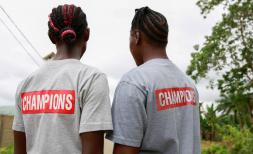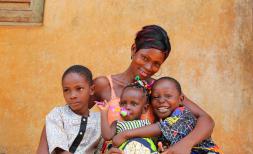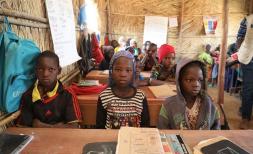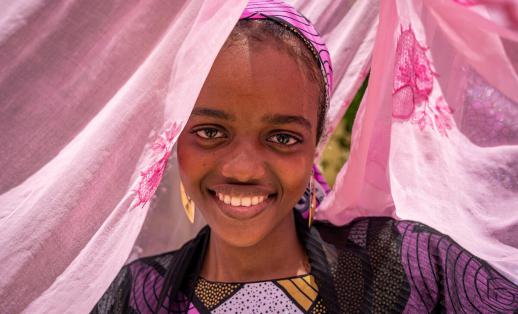There are no accidents in who learns and who doesn’t
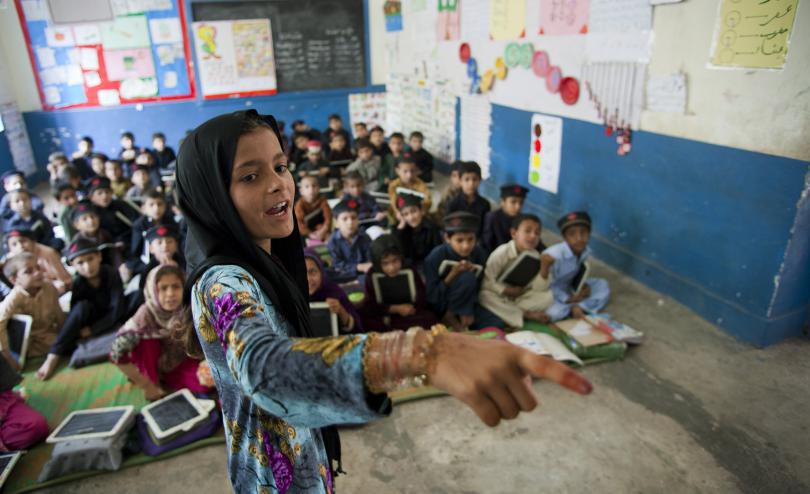
The Global Partnership for Education replenishment conference in Dakar within the next few days presents an unprecedented opportunity to drastically increase the number of children who are in school and learning.
World leaders urgently need to seize this opportunity: 6 out of 10 children and adolescents are not learning – that’s 617 million young people, equivalent to three times the population of Brazil, being unable to read or do basic maths.
These incredibly low levels are accompanied by worrying rates of progress: at their current rate of improvement, it will take Brazilian children 75 years to catch up with math scores in richer countries. In reading, it will take 263 years.
This learning crisis has devastating consequences. When children don’t learn, their right to a healthy, productive, safe and fulfilled future is unjustly taken from them. For society, this means more than 750 million young people in low and middle-income countries will not have the skills to participate in tomorrow’s economy, and 1.5 billion adults in 2030 will have no education beyond primary school.
If the next generation do not learn, we have no hope of eradicating poverty or reaching the Sustainable Development Goals (SDGs).
Why has this happened? Under investment in education quality and inclusion has meant there remains huge inequities in access for certain groups of children, and that learning often does not happen even when children are in school. Indeed, we know that two-thirds of children that are not learning are in school. This finding reveals the extent to which education systems around the world are failing the children who rely on them for their future.
The breakdown of effective teaching and learning in education systems is exacerbated by the politics of education. The learning crisis persists because political will and coherent action on quality and inclusion are required to improve learning at scale. However, education is high stakes and often suffers from competing objectives and differing agendas that ignore those children who need learning the most.
There are certainly no accidents when it comes to who learns and who doesn’t. Children across the globe are being denied the opportunity to learn simply because of who they are or where they live: poverty, conflict, gender, minority status and disability are major reasons for discrimination and exclusion from education and learning.
We know that 131 million girls worldwide remain out of school and face multiple barriers to education when in school; we know that children in fragile and conflict-affected countries are more than twice as likely to be out of school and refugee children are five times more likely to be out of school; we know that an estimated 90% of children with disabilities in the developing world do not go to school; we know that national education budgets are often allocated in such a way that they benefit those best off, widening learning gaps.
But what are we doing about it?
Ending this unfair lottery of birth is a defining challenge for our generation. If we are serious about achieving SDG4, we must dare to pick the high hanging fruits and radically prioritise the learning of discriminated, excluded children. We can do this by starting early – evidence proves that early learning is the smartest investment countries can make to address inequality and poverty. We also need to finance and implement what works, even if it might in some cases cost more per child.
These are core messages for Save the Children at the upcoming Global Partnership for Education’s (GPE) replenishment conference in Dakar on February 2nd. The GPE replenishment marks the first opportunity in 2018 for political leaders to prove to the world’s children that they are committed to achieving SDG4. We are calling for donors at replenishment to scale-up their support to the GPE to $2 billion per year by 2020, and to put the furthest behind in education first. The forgotten children of the world cannot wait any longer for their right to a quality, inclusive education.

